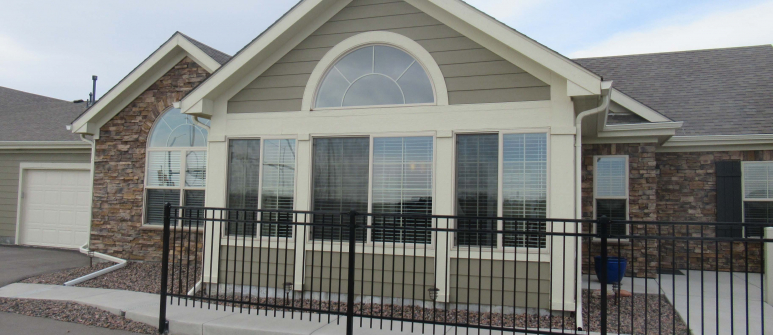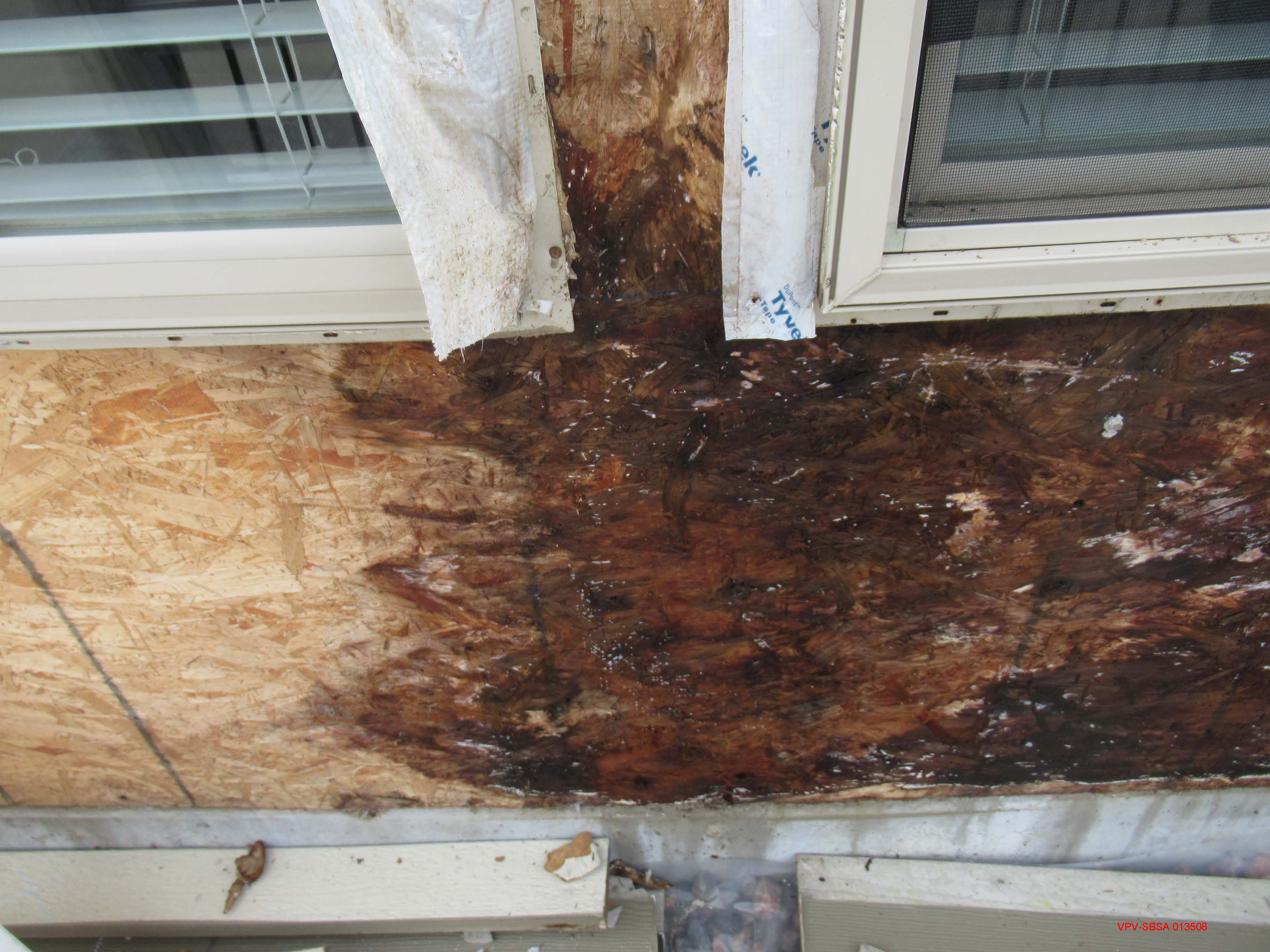
How Does Colorado’s Unusual Precipitation Affect Your Home?
Posted on May 26, 2021 by Sean WellsDenver Post marks this as the wettest year since 1983! Although we can certainly say we have been blessed with receiving an abundance of moisture this spring, with the increased precipitation comes various risks to your home which should be assessed. Homeowners may use this abnormally wet period as an opportunity to observe and correct any problem areas in their home.
One important item to consider this year is whether you have observed any signs of water intrusion into your home. Signs of water intrusion can range from alarming - such as dripping from a roof leak - to subtle - like a musty smell in the home after a storm or a small amount of water on a windowsill. Regardless of the form, any water penetrating the home after a precipitation event should be taken seriously by the homeowner as it can result in an unsafe condition such as structural damage or poor air quality due to mold growth. Any sign of water penetration should trigger a prompt consultation with an expert to determine the source of the water and corrective action.
High levels of precipitation can also cause water to make its way into the soils around your home. Elevated groundwater can result in expansion of claystone bedrock and backfill adjacent to your home's foundation. If the foundation of your home is not adequately designed or constructed, expansion of the soil can result in costly structural damage to the home. Your home should have adequate grading around the foundation to direct the surface water away from the home before it can seep into the ground.
In homes with foundation drains and a sump pump, the increased precipitation often results in increased frequency of the sump pump cycling. The foundation drain is your last line of defense against water migration toward expansive soil, therefore, proactive homeowners should routinely observe the sump pump and pit to make sure it is operating correctly. Standing water inside a home's sump pit is evidence that groundwater has migrated toward the bottom of the foundation and additional corrective measures may be necessary.
While these types of events may initially result in concern, with the inevitable return to the drier season, signs of weather-related issues typically go away. This is especially true when the spring is accompanied by numerous other demands for our time such as graduations and barbeques. Homeowners should be careful to take advantage of this unique opportunity to assess the performance of their home and to consider whether the cause of the precipitation related issues may be a result of defective construction. Whether an alarming leak resulting in an expensive repair or a subtle incidence of water intrusion that does not return, Colorado's two-year statute of limitations will begin to run with any physical manifestation of a defect, regardless of whether or not you know the exact cause. Given your right to hold a builder, developer, or contractor responsible for defective construction will expire at the end of the two-year period, the cost of ignoring the warning signs you may have observed in this exceptionally wet season may be great.
If you have any signs of water leaks, foundation movement from expansive soil or inadequate grading, you are encouraged to contact Hearn & Fleener for a free consultation. Our team of attorneys and trusted forensic engineers can help the owners of condominiums, townhomes, patio homes, and single-family residences evaluate thier legal options before it is too late. Please contact us today for further information.

